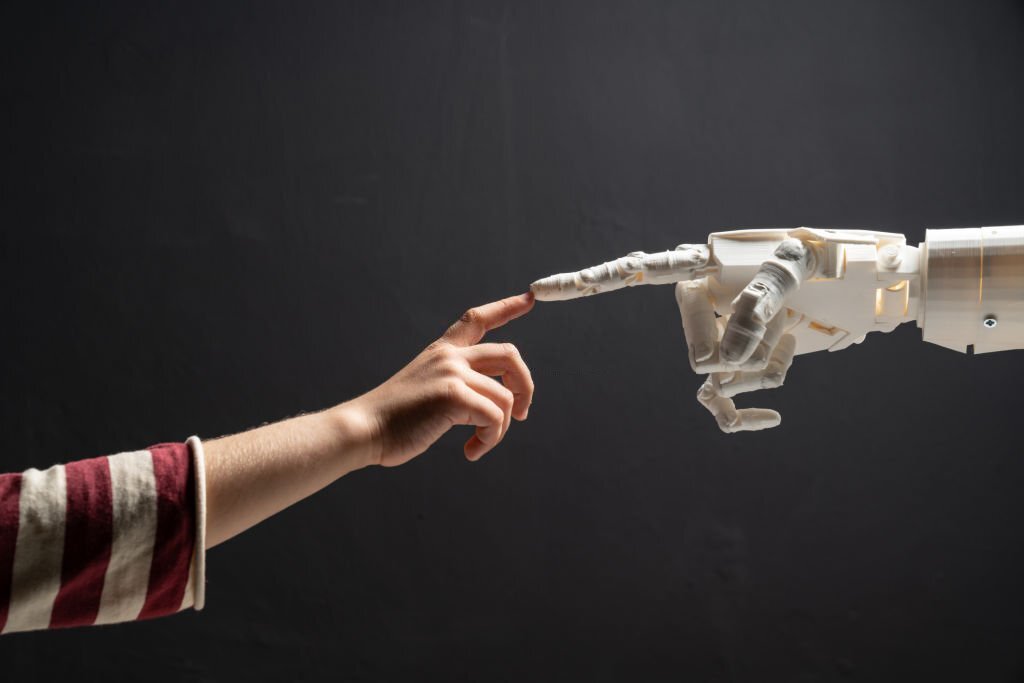Robotics is a multidisciplinary field that involves the design, construction, operation, and use of robots. A robot is a machine capable of carrying out tasks autonomously or semi-autonomously, often with the ability to interact with its environment. Robotics combines elements of mechanical engineering, electrical engineering, computer science, and more to create machines that can perform a wide range of functions, from simple repetitive tasks to complex decision-making processes.
Here are some key aspects and areas within robotics:
Robot Components: Robots consist of various components such as sensors (to perceive the environment), actuators (to perform actions), controllers (to process information and make decisions), and an interface for interaction with humans.
Types of Robots:
Industrial Robots: These are commonly used in manufacturing and assembly lines for tasks like welding, painting, and picking and placing objects.
Mobile Robots: These can move around and navigate their environment. Examples include drones, self-driving cars, and autonomous vacuum cleaners.
Humanoid Robots: Designed to resemble humans in terms of appearance and functionality, they are often used for research in human-robot interaction.
Medical Robots: These robots are used in healthcare settings for tasks like surgery, rehabilitation, and diagnostics.
Agricultural Robots: Used in farming for tasks like planting, harvesting, and monitoring crop health.
Space Robots: Designed to operate in space environments for tasks like satellite servicing, planetary exploration, and maintenance on space stations.
Robotics Research Areas:
Sensing and Perception: Developing sensors (like cameras, LIDAR, and touch sensors) to gather information about the robot’s environment.
Motion Control: Designing systems that allow robots to move accurately and efficiently.
Path Planning and Navigation: Creating algorithms that enable robots to navigate through complex environments while avoiding obstacles.
Artificial Intelligence and Machine Learning: Integrating AI techniques to enable robots to learn from their experiences and make intelligent decisions.
Human-Robot Interaction: Exploring ways for robots to understand and respond to human commands, gestures, and emotions.
Swarm Robotics: Studying the behavior of groups of robots that work together to accomplish tasks.
Bio-inspired Robotics: Drawing inspiration from biological systems to create robots that mimic natural creatures’ abilities and behaviors.
Challenges and Future Trends:
Ethical and Social Considerations: As robots become more capable, questions about their ethical use, potential job displacement, and impact on society arise.
Autonomy and Safety: Developing reliable systems for robots to operate autonomously without causing harm to humans or their environment.
Advanced AI Integration: Enhancing robots’ decision-making capabilities using advanced AI techniques.
Soft Robotics: Creating robots from flexible materials to enhance adaptability and safety in human interaction.
Neuromorphic Engineering: Designing robots with brain-inspired hardware and algorithms for more efficient processing.
Overall, robotics is a dynamic and rapidly evolving field with applications across industries and domains. It plays a pivotal role in shaping the future of technology and automation.
